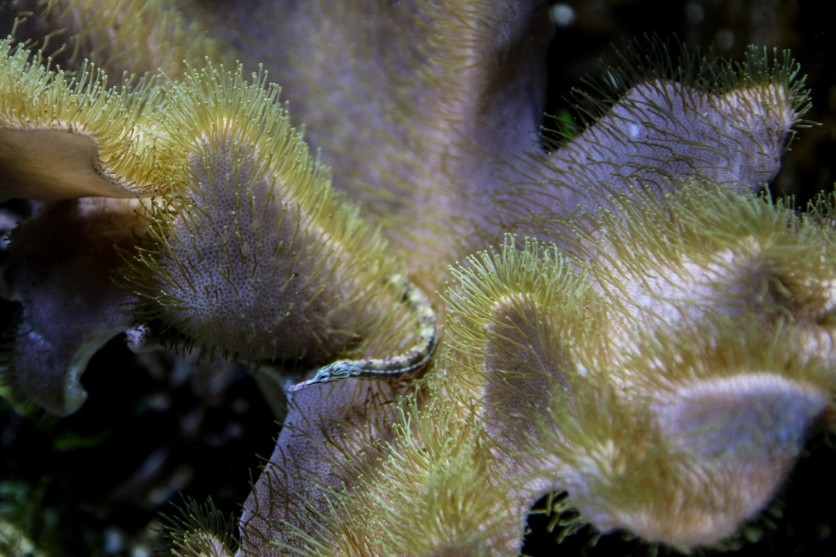In the depths of the waters that grace the Vietnamese coast, an extraordinary and colossal creature lay concealed, evading the gaze of the world, reported first by Miami Herald.
However, its enigmatic existence would soon be unraveled by a team of scuba diving scientists, embarking on a daring expedition to explore the secrets hidden beneath the surface.
Little did they know that their audacious quest would lead to an astounding revelation-a previously unknown species awaiting its grand debut.

What's Lurking Beneath the Tunnel?
Venturing into the Ha Long Bay, the scientists immersed themselves in a captivating tapestry of marine life, driven by curiosity to unveil the wonders lurking below.
With each scuba dive, the researchers unveiled a world teeming with marvels, until their attention was captivated by a semi-dark tunnel. Peering into its mysterious depths, they beheld an extraordinary sight-a prodigious sea sponge of significant proportions.
Eager to grasp this newfound treasure, they collected a total of eight of these remarkable sponges, scattered amidst the shallow rocks and reefs that adorned the bay.
Upon closer examination, their initial suspicion was confirmed-a groundbreaking discovery had been made. A distinct species of sea sponge had come to light: Cladocroce pansinii.
The Cladocroce pansinii sponges, as revealed by the study, exhibited a general massiveness and a tubular shape. Flourishing in the mbrace of the bay, these extraordinary sponges reached a size of approximately 8 inches.
Each specimen showcased its unique form, but a prevailing light green hue graced the majority. Photographs immortalize the diversity within the Cladocroce pansinii family-a majestic sponge stands tall, boasting multiple thick tubes; another extends with sinuous branches resembling delicate vines; and a slightly yellowish sponge, shorter and wider, completes this mesmerizing ensemble.
In homage to Maurizio Pansini, renowned for his invaluable contributions to the field of sponge taxonomy, the researchers bestowed the name Cladocroce pansinii upon this newfound species.
Unraveling a Deeper Truth
Its distinction from existing species rested on a thorough analysis of both its physical attributes and DNA. Astonishingly, the recognition of Cladocroce pansinii as a unique species unraveled a deeper truth - it shed light on the misidentification of several sponge specimens previously encountered in Hawai'i and Thailand, which, upon reevaluation, proved to be members of the Cladocroce pansinii lineage.
These mislabeled sponges exhibited captivating shades of light blue, light gray, and violet.
The collaborative efforts of an esteemed research team, comprising Marco Bertolino, Carlo Cerrano, Giorgio Bavestrello, Do Cong Thung, Laura Núñez-Pons, Francesca Rispo, Jana Efremova, Valerio Mazzella, Daisy Monica Makapedua, and Barbara Calcinai, yielded a wealth of discoveries beyond the confines of Vietnam.
Amidst their surveys, they stumbled upon a new species of the "shaggy" purple sponge in Indonesia, documented the first-ever sighting of another elusive sponge species within Indonesian waters, and meticulously refined descriptions of a fourth sponge species.
The findings of the team were published in the Journal of Marine Science and Engineering.
Related Article : Killer Whales Wreck British Sailor's Yacht; Authorities Take Action on Orca Attacks

ⓒ 2025 TECHTIMES.com All rights reserved. Do not reproduce without permission.

![Best iPads that Students Can Use in School [2025]](https://d.techtimes.com/en/full/461431/best-ipads-that-students-can-use-school-2025.jpg?w=184&h=103&f=516289300e12e9647ef3d5bd69f49b70)


